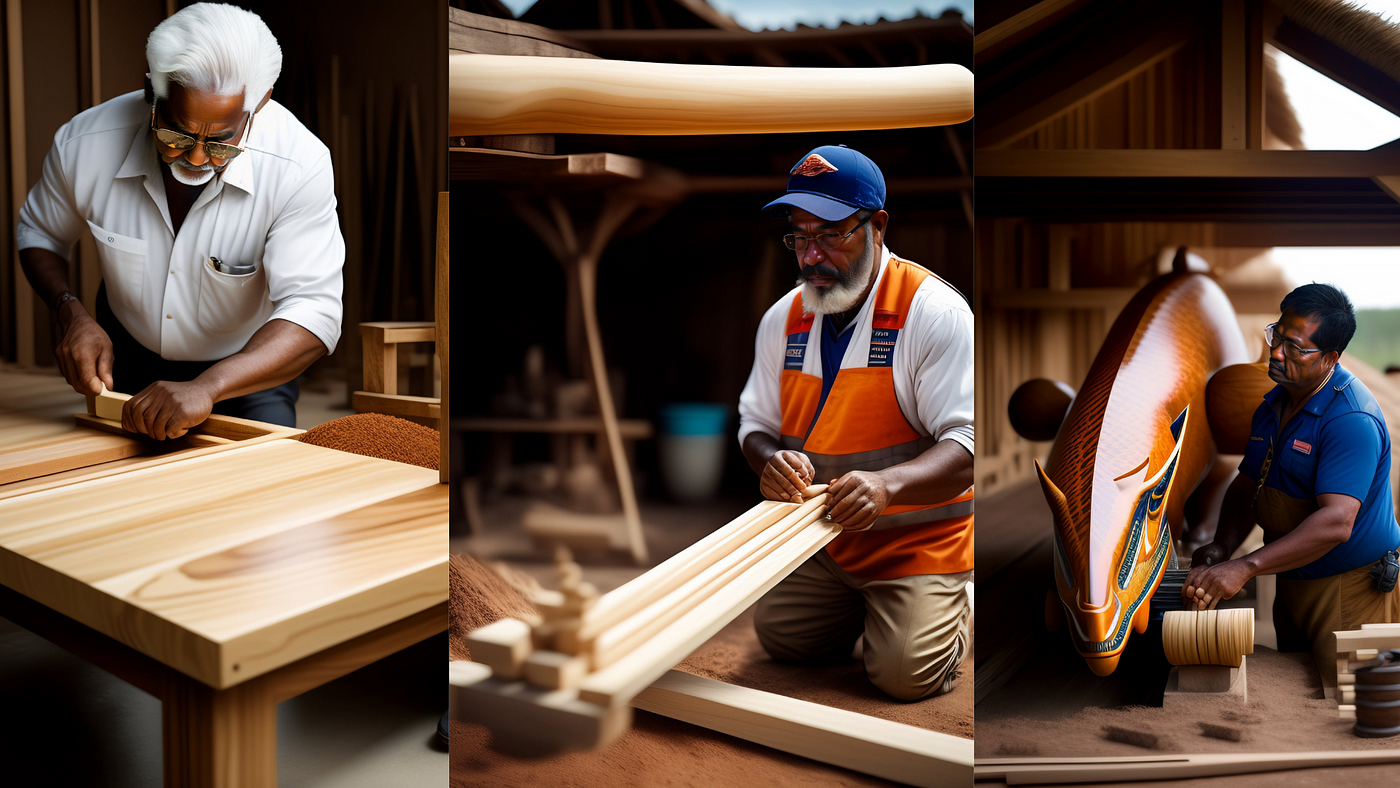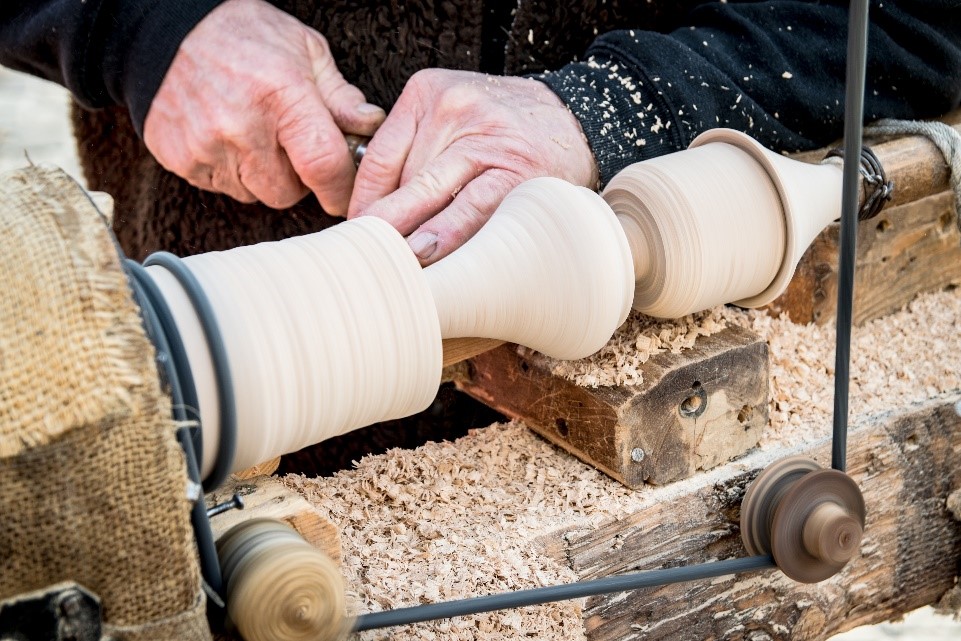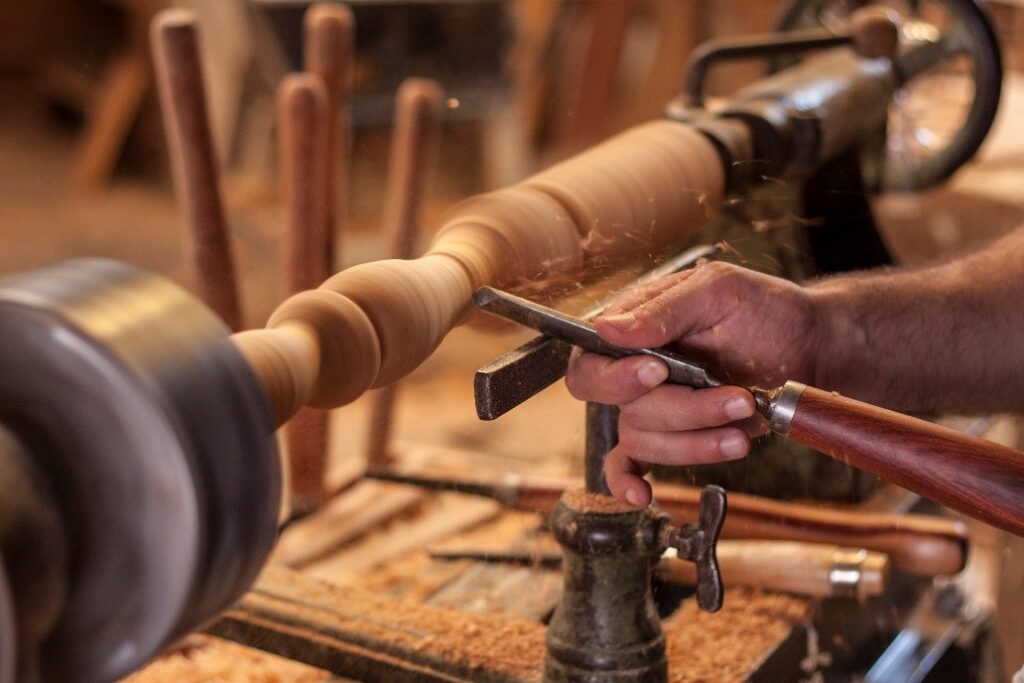
Woodturning, an ancient craft dating back thousands of years, has evolved significantly over time, blending traditional techniques with modern innovations to create a vibrant and dynamic art form. From humble beginnings to cutting-edge technologies, the evolution of woodturning reflects the ingenuity, creativity, and adaptability of artisans throughout history. In this article, we’ll explore the rich history of woodturning, examine traditional techniques passed down through generations, and delve into the modern innovations shaping the future of the craft.
A Brief History of Woodturning
The origins of woodturning can be traced back to ancient civilizations such as the Egyptians, Greeks, and Romans, who used primitive lathes to shape wood into functional objects such as bowls, utensils, and furniture components. These early lathes were powered by hand or foot, with the wood being rotated against a cutting tool to create symmetrical forms.
During the Middle Ages, woodturning flourished in Europe as skilled craftsmen produced intricate designs for royal courts and wealthy patrons. The introduction of the pole lathe, powered by a treadle or foot pedal, revolutionized the craft, enabling woodturners to create larger and more precise pieces.

In the 18th and 19th centuries, industrialization brought significant advancements to woodturning with the introduction of steam-powered lathes and mass production techniques. This era saw the rise of decorative turning, characterized by ornate patterns and intricate details.
Traditional Techniques
Despite the advent of modern technologies, many woodturners continue to practice traditional techniques passed down through generations. These techniques emphasize craftsmanship, precision, and attention to detail, resulting in finely turned pieces that showcase the beauty and natural characteristics of the wood.
One such technique is spindle turning, which involves shaping long, cylindrical pieces of wood, such as chair legs, table legs, and tool handles. Spindle turning emphasizes symmetry and precision, with the wood being turned between centers on the lathe.
Another traditional technique is bowl turning, which involves shaping concave forms from solid wood blanks. Bowl turning requires careful consideration of grain orientation, tool selection, and hollowing methods to achieve balanced and functional bowls.
Modern Innovations
While traditional techniques remain foundational to the craft of woodturning, modern innovations have expanded the possibilities and pushed the boundaries of what’s possible. From electric lathes to carbide cutting tools to computer-controlled machinery, woodturners today have unprecedented opportunities to explore new techniques, experiment with different materials, and create innovative designs.
One of the most significant innovations in woodturning is the advent of electric lathes, which provide greater speed control, precision, and efficiency compared to traditional hand-powered lathes. Electric lathes also allow woodturners to work with larger and more complex pieces, opening up new creative possibilities.
Another innovation is the development of carbide cutting tools, which feature replaceable carbide inserts that require less frequent sharpening compared to traditional high-speed steel tools. Carbide tools are known for their durability, versatility, and ease of use, making them popular among woodturners of all skill levels.
The Future of Woodturning

As woodturning continues to evolve, woodturners are exploring new techniques, materials, and technologies to push the boundaries of the craft even further. From 3D printing to CNC routing to hybrid turning, the future of woodturning holds endless possibilities for innovation and creativity.
One area of innovation is the use of alternative materials such as resin, acrylic, and metal in combination with wood to create hybrid pieces that blend traditional craftsmanship with contemporary design. Hybrid turning allows woodturners to experiment with new textures, colors, and forms, resulting in truly unique and innovative works of art.
Another emerging trend is the use of digital design software and computer-controlled machinery to create intricate and complex forms that would be difficult or impossible to achieve by hand. CNC routing, in particular, allows woodturners to create precise and intricate designs with remarkable speed and accuracy.
The evolution of woodturning is a testament to the ingenuity, creativity, and adaptability of artisans throughout history. From ancient civilizations to the present day, woodturning has evolved from a utilitarian craft to a dynamic art form that encompasses traditional techniques, modern innovations, and cutting-edge technologies. As woodturners continue to push the boundaries of the craft, the future of woodturning holds endless possibilities for innovation, creativity, and artistic expression. Whether practicing traditional techniques or embracing modern innovations, woodturners around the world are united by their passion for shaping wood into objects of beauty and utility.
